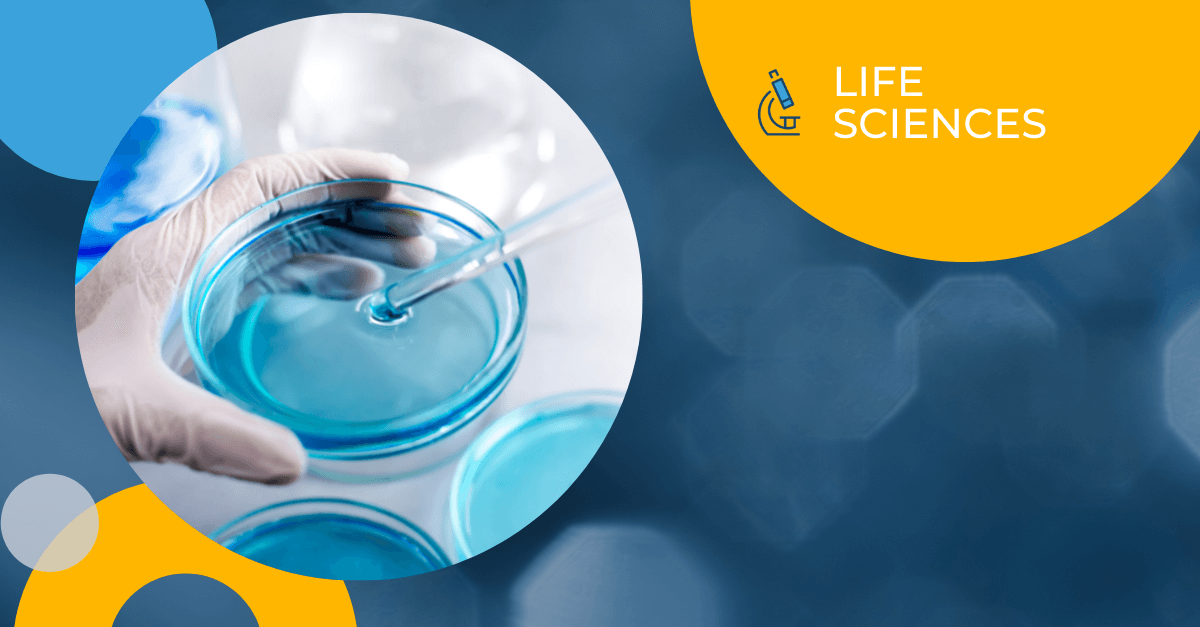English is undoubtedly the primary language of modern scientific communication of international science, with an estimated 98% of all scientific publications being written in the language. The linguistic command of English is also seen in scientific journalism worldwide, depending strictly on English sources. Using a single international language for science facilitates the circulation of scientific knowledge across national and even cultural boundaries. But it hasn’t always been that way.
Scientific Communication: The Early Lingua Franca
Before the 17th century, scientific publications were primarily written in Latin. For example, in 1687, Sir Isaac Newton wrote his book Philosophiæ Naturalis Principia Mathematica, which explained his laws of motion and gravity in the Latin language. At the time, education wasn’t accessible to most of the population, so Latin was the language of the elite and intellectual classes. Even the name ‘gravity’ reflects this, coming from the Latin word ‘gravitas,’ which means heavy.
Gradually, more scientists began publishing their works in the vernacular to make their ideas accessible to the masses, and Latin lost its status as the scientific lingua franca. But since the primary reason for publishing scientific research was to share ideas and knowledge, there was concern that publishing scientific papers in so many different languages would hinder scientific communication and the understanding of necessary research being conducted abroad. Although English in our modern era has gained dominance over scientific publications, it does not mean that each native language is not defended, as required in the language of the scientist’s community. By the mid-19th century, three primary languages were used to promote scientific thought: English, French and German.
However, a publication available in only one language can be understood by the academic community with sufficient language skills in the published language. Professional scientists were expected to be proficient in all three languages and publish exclusively in those languages. By 1900, the dominant language of science was German. Thanks to leading scientists like Einstein, Planck, Heisenberg and others, it remained that way until World War I led to boycotts of German scientists who were often barred from publishing in Western European journals.
English Takes Over as The Language of Science
Conflicts throughout the 21st century, including both World Wars and the Cold War, transformed the way scientists around the world communicated with each other. By the mid-1990s, English had firmly established itself as the language of science. Nowadays, anyone who wants to share their ideas must publish their work in English.
In many countries, college-level science education is now conducted in English—partially because studying science in English is good preparation for a future scientific career and partly because the necessary words often don’t exist in any other language. Many scientific textbooks are written in English for students in non-English speaking countries. These students are required to have proficient English to pursue degrees and, eventually, careers in the sciences.
This poses problems for scientists and students who do not speak English as their first language. Considering that just 15% of the world’s population speaks English, with just 5% speaking English as their mother tongue, the fact that the latest scientific discoveries are primarily written about in English can make the whole profession seem inaccessible.
It’s difficult enough to read a scientific paper in a foreign language, but the requirement to write a scientific essay in English can seem an impossible task when it’s not your mother tongue. It involves explaining complex theories and using nuanced language to ensure the reader thoroughly understands the concept, which requires another skillset entirely.
The fact that English has become the language of science isn’t likely to change any time soon. But how can scientific papers be made more accessible to those who speak English as a second language? Can we optimize communication and level the playing field to ensure scientists around the world can be heard?
Improving Multilingualism in Scientific Communication
Publications that are available in two or more languages can be read and understood by more people and contribute to improved dissemination of scientific knowledge, providing added value to society as a whole.
Scientific journals have an opportunity to translate research abstracts and articles to make them available in languages other than English. Some journals offer abstracts translated into other languages, while English remains to gatekeep a portion of the scientific community and general public from the research. Enlisting a language services provider (LSP) can produce a high-quality translation to even the scientific playing field.
Morningside has provided leading pharma, biotech and medical device companies with reliable language solutions for over 20 years. Our expertise covers the spectrum of therapeutic and technical proficiencies, and our linguists are rigorously vetted to ensure end-user comprehension and preservation of intended meanings, whatever the subject matter.
By employing industry-leading technologies – some of which are proprietary, we decrease turnaround time, control costs, and enhance the quality of your translations. Translation Memory ™ tools, client-specific glossaries, and our proprietary Quality Reliability Indicator (QRI) are some of the intelligent, secure, ISO 27001-backed technologies we utilize to mitigate risk and ensure consistent reliable translations.
About Morningside
Morningside, a Questel Company, equips the world’s leading life sciences organizations with a full suite of end-to-end language solutions for their regulatory, clinical, commercial and patent needs. With over 4,000 clients in 55 countries, we’re globally recognized for our life science expertise and technology innovation across pharma, biotech, medical devices, and healthcare. Our life sciences translation services ensure your products and ideas seamlessly reach new markets and comply with all regulatory and cultural requirements through every stage of the product lifecycle — from patent to post-market.
Working exclusively with qualified subject matter experts (SMEs) is part of our unwavering commitment to quality. Morningside employs ISO 9001, 13485, and 17100-compliant processes and controls and a 3-tier linguistic review process. As an added step to mitigate risk, our proprietary algorithm, the Quality Reliability Indicator (QRI), monitors projects, preemptively identifies areas of potential risk and prevents quality issues before they happen to ensure a reliable and repeatable outcome.



